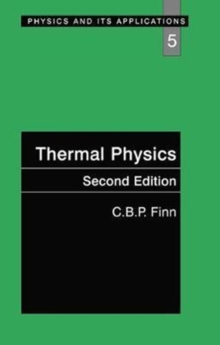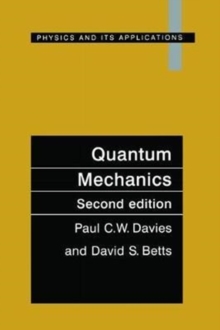
Description
Modern electronics is the most visible result of research in solid state physics.
Transistors and integrated circuits are used everywhere in ever increasing numbers.
The microprocessor controlled coffee-pot exists. Most experimental physicists, and, indeed, experimental scientists in most disciplines, study their subject with the aid of apparatus containing significant amounts of electronics and much of that electronics is digital.
In order to design experiments and apparatus or simply to understand how a piece of equipment works, an under- standing of electronics has become increasingly important.
In recognition that electronics has pervaded so many areas, courses in digital electronics are now a recommended part of physics and many other science degree courses.
At the introductory level, digital electronics is, primarily, a practical subject with relatively few basic concepts and any complex- ity arises from the coupling together of many simple circuits and the extensive use of feedback.
Designing an electronic circuit and then getting it to work correctly provides an experience, and a sense of achievement, which is significantly different from most undergradu- ate work as it more closely resembles project work than standard laboratory practicals.
Information
-
Download - Immediately Available
- Format:PDF
- Publisher:Springer Netherlands
- Publication Date:12/03/2013
- Category:
- ISBN:9789401131186
Information
-
Download - Immediately Available
- Format:PDF
- Publisher:Springer Netherlands
- Publication Date:12/03/2013
- Category:
- ISBN:9789401131186










